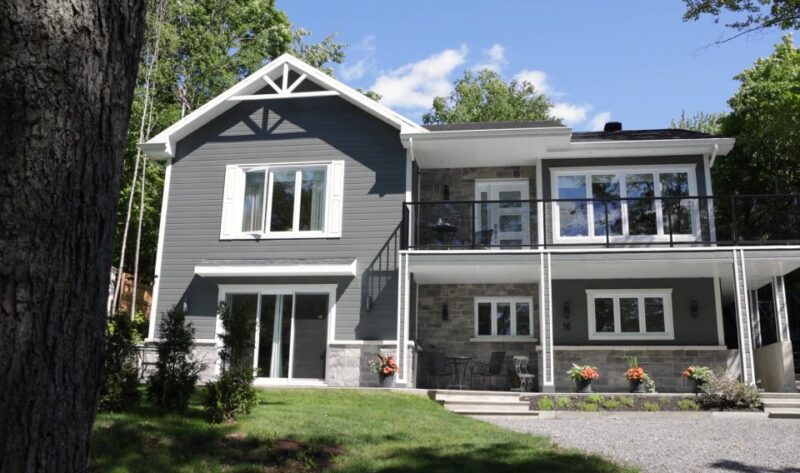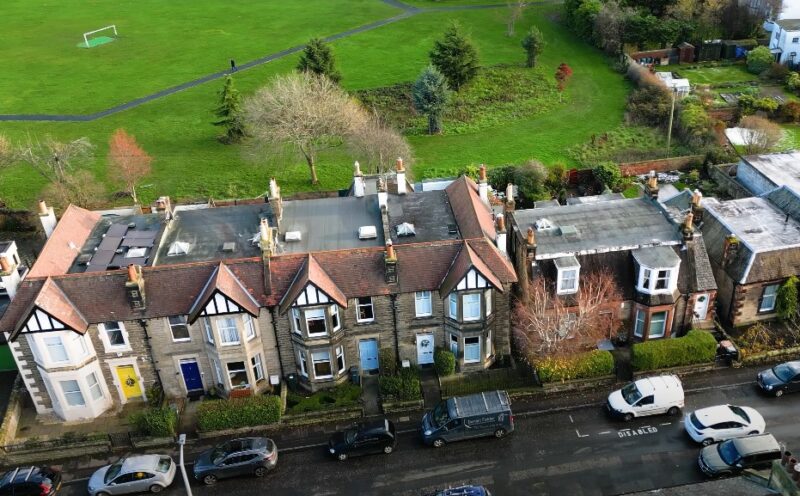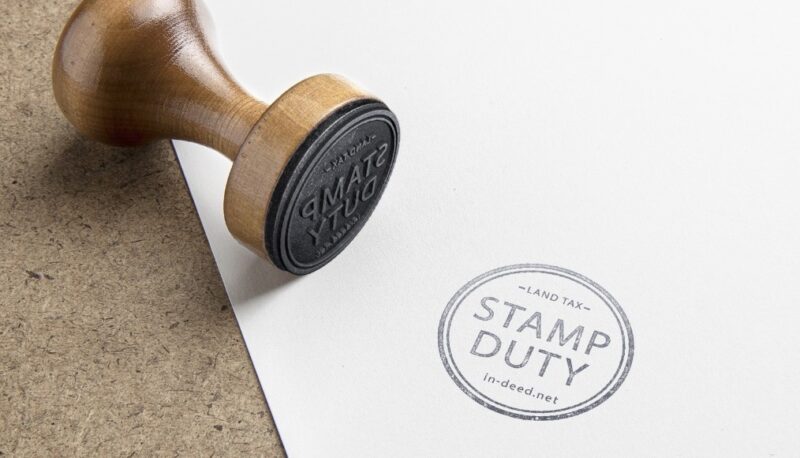Stamp Duty Land Tax (SDLT) is a tax that applies when purchasing property or land in the UK, provided the transaction exceeds a certain value threshold. This tax is an important consideration for both residential and commercial buyers, as it can significantly impact the overall cost of acquiring a property.
Learning about SDLT is essential to ensure you budget correctly and meet your legal obligations.
Today, we will discuss everything you need to know about Stamp Duty Land Tax, including how it works, the thresholds at which it applies, the rates you will be required to pay, and any exemptions or reliefs that might reduce your liability.
What is Stamp Duty Land Tax?
Stamp Duty Land Tax (SDLT) is a property transaction tax imposed by the UK government on the purchase of residential and commercial properties and land in England and Northern Ireland. It applies when individuals or businesses buy freehold, leasehold, or shared ownership properties that meet certain value thresholds.
The amount of SDLT owed varies depending on the property’s purchase price and the buyer’s status, such as being a first-time homebuyer or purchasing an additional property.
HM Revenue and Customs (HMRC) is responsible for collecting SDLT, ensuring that it contributes to the national treasury. The tax must be paid within 14 days of completing the property purchase, and the buyer is required to file an SDLT return, even if no tax is due.
The rates are tiered, meaning different portions of the property price are taxed at different percentages, with higher rates applying to properties over certain price bands.
There are special considerations for various situations, such as higher rates for additional homes, exemptions for certain types of transactions, and reliefs available to first-time buyers.
SDLT plays a significant role in property transactions, and understanding its requirements is essential for any prospective buyer or investor in England and Northern Ireland.
Stamp Duty in Scotland and Wales

In both Wales and Scotland, separate land taxes are applied instead of the traditional stamp duty used in other parts of the UK. Scotland implemented the Land and Buildings Transaction Tax (LBTT) in 2015, which replaced stamp duty and is collected by Revenue Scotland on behalf of the Scottish Government.
The tax applies to property and land purchases, with rates structured in a way that aims to reduce the tax burden for lower-value properties while ensuring higher-value transactions are taxed more substantially.
The LBTT has been designed to provide a fairer tax system, with thresholds and rates adjusted periodically to reflect market conditions.
Wales introduced a similar system in April 2018, known as the Land Transaction Tax (LTT), replacing the old stamp duty framework.
The Welsh Revenue Authority is responsible for collecting this tax on behalf of the Welsh Government. Like LBTT, the LTT is designed with a progressive rate structure, where different rates apply depending on the value of the property or land being purchased.
The tax aims to make property ownership more accessible for first-time buyers and those purchasing lower-value properties while ensuring higher-value transactions contribute more to public revenue.
Both Wales and Scotland have established their unique tax scales and percentages, reflecting local economic conditions and government priorities.
When will I pay Stamp Duty Land Tax?

Stamp Duty Land Tax (SDLT) is a tax imposed on the purchase of property or land in England and Northern Ireland. It applies to both freehold and leasehold properties, whether they are residential or commercial. You will need to pay SDLT if the value of the property or land exceeds £125,000.
The tax is calculated on a sliding scale, meaning that the amount you pay increases as the value of the property rises.
For most buyers, SDLT will apply once the purchase price surpasses this threshold, but there are some important exceptions and reliefs available. For instance, first-time buyers are eligible for significant tax breaks.
In England and Northern Ireland, first-time buyers are exempt from paying SDLT on the first £300,000 of a property purchase, as long as the total price does not exceed £500,000. This exemption is designed to help new buyers enter the housing market by reducing the upfront costs associated with purchasing a property.
Additionally, other exemptions or reduced rates may apply depending on your circumstances, such as purchasing multiple properties or buying property for mixed-use purposes. It’s important to understand the various rates and thresholds to ensure you know when SDLT applies and how much you may be required to pay.
If your property is valued at more than £500,000, standard SDLT rates will apply, and you’ll need to pay tax on the amount exceeding the initial £300,000.
Stamp Duty Land Tax Thresholds

Stamp Duty Land Tax (SDLT) is a tax applied when you purchase land or property in England and Northern Ireland.
The amount of SDLT you are required to pay depends on the price of the property and whether you are a first-time buyer, an additional property buyer, or purchasing a residential or non-residential property. If the purchase price of the land or property is less than £125,000, there is no SDLT to pay.
However, for properties valued above £125,000, SDLT is applied on a sliding scale based on the purchase price.
As the property price increases, the SDLT percentage rate rises, meaning the more expensive the property, the higher the SDLT liability. The tax is calculated by applying different rates to different portions of the property price.
For example, a lower rate is applied to the first £125,000, while higher rates are applied to the value exceeding this amount.
Current SDLT Rates
For residential properties, the SDLT rates follow a tiered system:
- Up to £125,000 – 0% (no SDLT)
- £125,001 to £250,000 – 2% of the portion of the price above £125,000
- £250,001 to £925,000 – 5% of the portion of the price above £250,000
- £925,001 to £1.5 million – 10% of the portion of the price above £925,000
- Above £1.5 million – 12% of the portion of the price above £1.5 million
The SDLT structure encourages affordability for lower-priced properties while progressively taxing higher-priced properties.
Exemptions to Stamp Duty Land Tax (SDLT)

Stamp Duty Land Tax (SDLT) exemptions provide significant financial relief for certain property transactions in England and Northern Ireland. First-time buyers, for instance, benefit from a special exemption.
If you are purchasing your first home, you won’t need to pay SDLT on the first £300,000 of the property price, provided the total purchase price does not exceed £500,000. For any amount above £300,000 and up to £500,000, a 5% SDLT rate is applied.
However, if the purchase price exceeds £500,000, the first-time buyer exemption does not apply, and standard SDLT rates will be charged for the full amount.
There are other scenarios where SDLT does not apply. For example, no SDLT is owed if you inherit a property through a will or if the property is transferred as a result of divorce or the dissolution of a civil partnership.
Certain transactions qualify for SDLT relief, such as when purchasing a property under the Right to Buy scheme or if the property is acquired through a compulsory purchase order.
How to Pay Stamp Duty Land Tax (SDLT)
Once your property purchase is finalized, you are required to complete and submit a Stamp Duty Land Tax (SDLT) return and pay any outstanding tax to HM Revenue & Customs (HMRC). Typically, your solicitor or conveyancer will handle the submission of the return and the payment on your behalf.
They will prepare the form with all the necessary details, but it is your responsibility to thoroughly check the information before signing. Ensuring that all details are accurate is essential to avoid any complications or delays.
The SDLT return must be submitted to HMRC within 30 days of the completion of your property transaction. During this time, the tax owed must also be paid. Failure to meet this 30-day deadline could result in penalties, so it’s important to act promptly.
Once the return is submitted and payment is made, your solicitor will receive a certificate called an SDLT5. This certificate is crucial, as it is required to register your ownership of the property with HM Land Registry. Without this document, the registration process cannot proceed, so make sure your solicitor completes these steps promptly.



